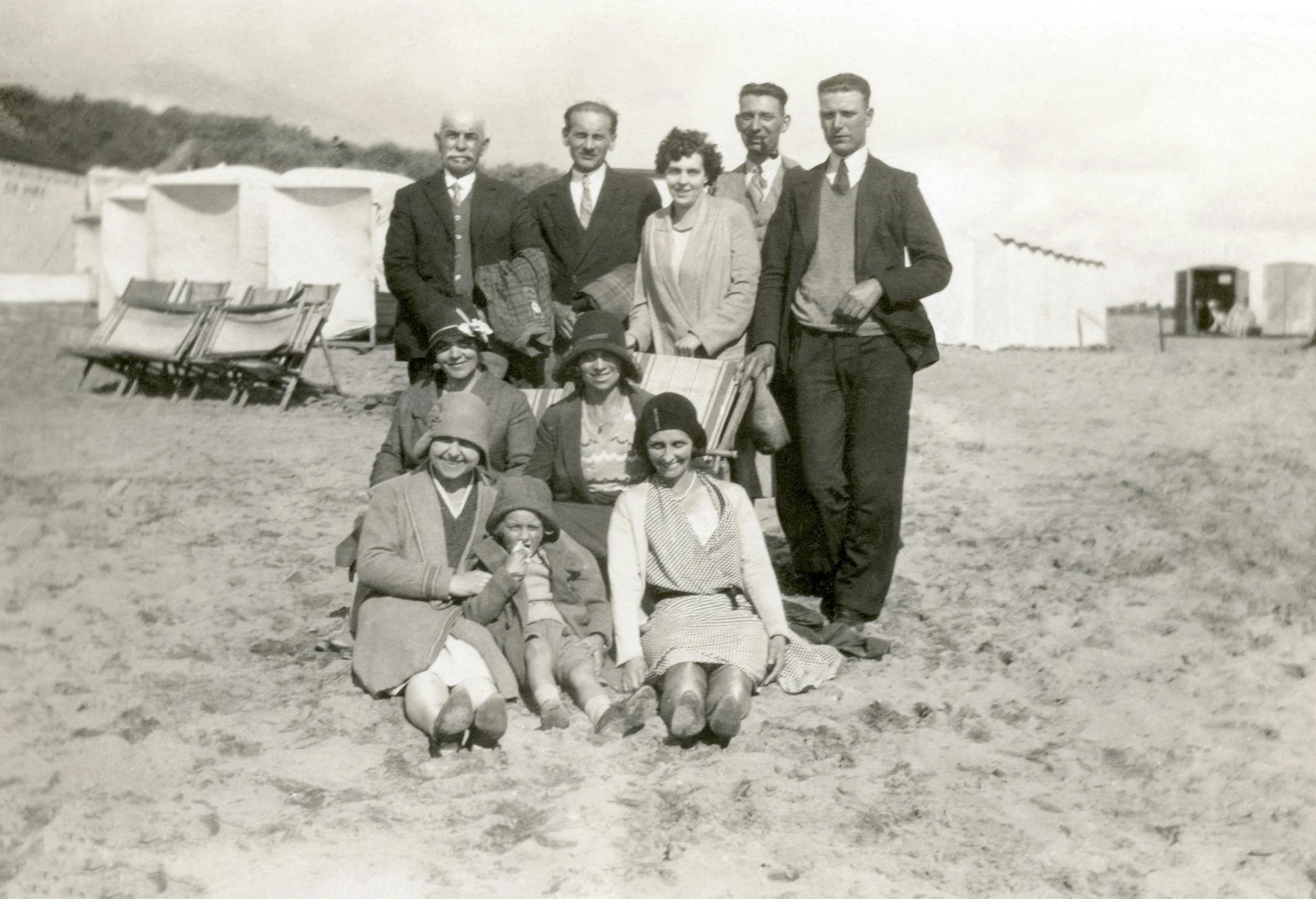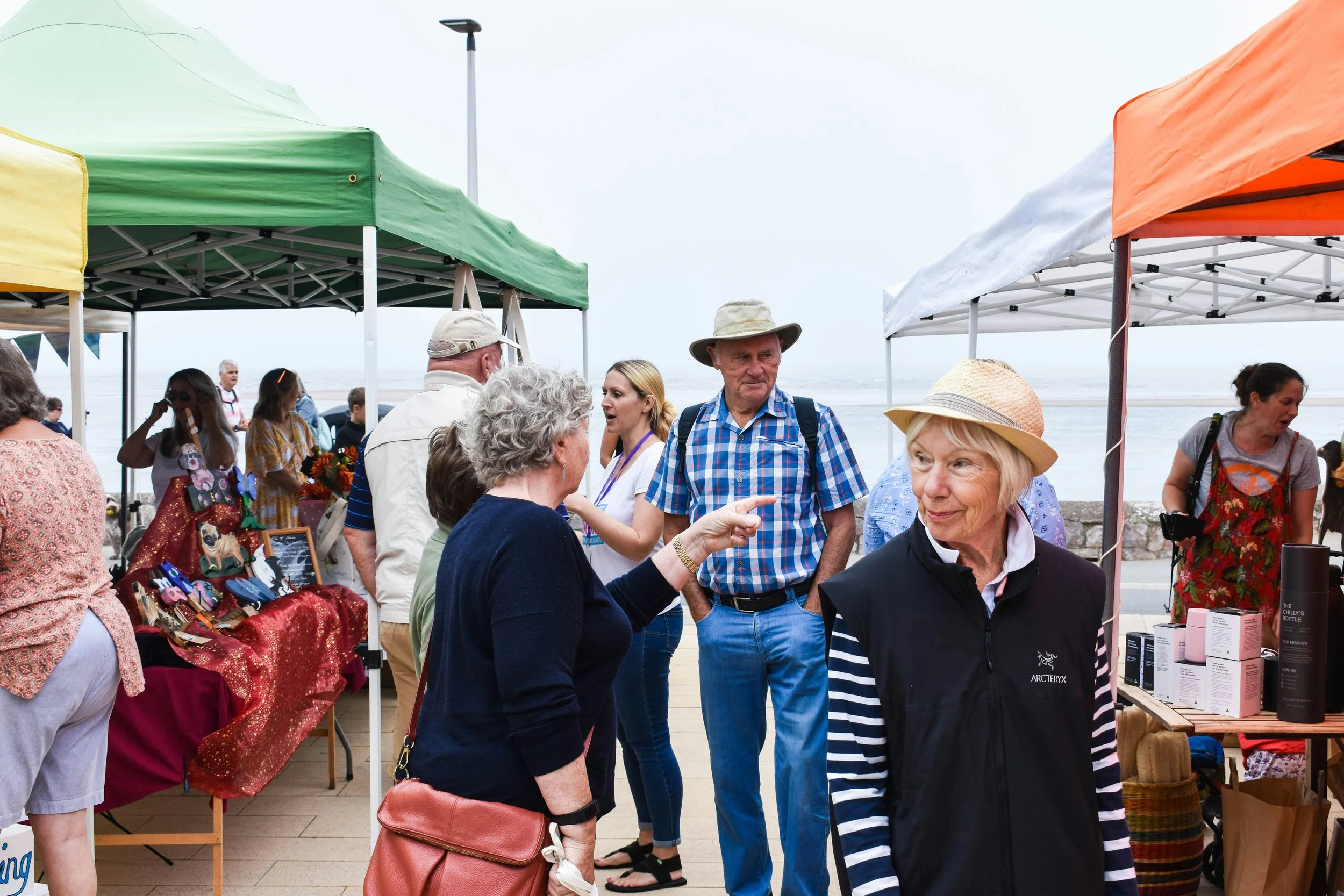Preserving Local History: How Digital Archives Strengthen Communities
Summary: Every community has a story, but too often, those stories fade as photos, memories, and conversations disappear over time. This article explores how YourArchive turns fleeting online moments into permanent, living records of local heritage. From facial recognition that links generations of photographs to community storytelling that preserves context and connection, discover how digital archives can bring people together and strengthen the identity of the places we call home.
There’s a moment that happens in every community: a photograph is rediscovered, an old voice recording is played for the first time in decades, or someone recognises a familiar face in a black-and-white image. Suddenly, the past feels close again…alive, relevant, and deeply personal.
That moment, when memory meets meaning, is what digital archives like YourArchive are designed to protect and amplify.
Because preserving history isn’t just about collecting the past. It’s about keeping it connected to the people who still shape it.
The New Role of Archives: From Storage to Storytelling
For years, the word archive conjured up images of dusty boxes, fragile photographs, and records sealed away for safekeeping. Necessary work, yes, but often inaccessible to the very communities those records belong to.
Digital transformation has changed that. Yet not all digital archives are created equal. Many simply replicate the filing cabinet online: efficient, searchable, but still passive.
YourArchive was built to do something different: to turn archives into living ecosystems of memory, where people don’t just view history…they add to it, question it, and connect through it.
By inviting participation, YourArchive changes the role of history from something that’s observed to something that’s co-created.
Reclaiming the Everyday Story
Not every piece of history sits in a museum. Most of it lives in the ordinary: the factory shifts, the county fairs, the family photo albums tucked in attics. These moments often vanish because they’re too small to make the headlines, but they’re what truly define a community’s identity.
YourArchive gives those everyday stories a permanent home. Residents can upload photographs, record oral histories, or share written memories. Each addition weaves another thread into the communal story, building a tapestry that reflects everyone’s contribution, not just the official version.
It’s this democratic approach to preservation that makes YourArchive powerful. It turns history into a conversation, not a conclusion.
Technology That Connects, Not Replaces
The best technology doesn’t replace human connection, it enhances it.
YourArchive uses tools like facial recognition and interactive mapping, not to dazzle, but to deepen understanding.
Imagine standing in front of a digital map of your town. As you hover over the city hall, a series of photos unfolds: past mayors, a centenary celebration, a scanned yearbook. With one click, you hear an audio clip of a resident recounting how the community has changed over the decades.
It’s immersive, but more importantly, it’s connective. Technology becomes the bridge between personal memory and shared history.
And YourArchive’s facial recognition technology takes this one step further. Once a face is identified in one image, the system automatically links every photo featuring that same person. Across decades, events and generations. It’s a powerful tool for genealogical research and community history projects, revealing connections that might otherwise go unnoticed.
The Strength in Shared Memory
We’ve all seen it happen: someone posts an old photo on Facebook: a school sports day, a village street, a long-gone café, and within hours, the comments fill up. People tag friends, share memories, and add context:
“That’s my uncle on the left!”
“I remember when that shop used to sell sweets for a penny!”
Those conversations are rich with historical detail, humour, and local colour…but they’re also fleeting. Within days, the post is buried under new content, and all that valuable context is lost to the scroll.
YourArchive changes that.
Every comment, every shared memory, every piece of context becomes part of your permanent archive. Instead of disappearing into social media’s timeline, these insights are preserved and connected to the relevant photos, people and places.
This turns casual community engagement into lasting historical contribution. What starts as a comment becomes part of the record, deepening the archive with authentic, local voices.
A Living Record of Change
Communities are never static. Streets evolve, businesses close, new families arrive.
The challenge for local history projects has always been: how do you keep up?
YourArchive’s answer is to never stop collecting. The platform isn’t a snapshot of what once was, it’s a chronicle in motion.
New photos can be added alongside old ones. Current residents can upload images from community events, modern landmarks, or restoration projects. Future generations will then be able to scroll through time, tracing the evolution of a place not as a series of disconnected eras, but as a continuous story.
In this way, digital archiving becomes a form of civic participation… a way for communities to say: We were here. We’re still here. And this is our story.
Inclusive by Design
History shouldn’t be something you have to travel to access. Many communities include members who can’t easily visit archives, museums, or heritage sites, whether due to distance, mobility, or time.
YourArchive’s online platform removes those barriers.
Anyone, anywhere, can contribute or explore. Families can add context from abroad, and older residents can share memories without leaving their living rooms.
Inclusivity isn’t a feature, it’s the foundation. When everyone has the power to shape the narrative, the history that emerges is more honest, more complete, and more alive.
Redefining What It Means to Remember
Preserving local history used to be about protecting what we already knew.
Now, it’s about discovering what we didn’t. The untold stories, the overlooked details and the moments that make a community unique.
YourArchive doesn’t just safeguard history. It activates it.
It turns memory into momentum, ensuring that heritage is not a fixed point behind us but a living force that continues to bring people together.
Because when a community remembers together, it stays connected — not just to its past, but to its future.
Ready to give your community a home for its history?
Contact us or book a demo to see how your stories can strengthen the bonds that hold your community together.
Key Takeaways:
YourArchive transforms history from static to shared, giving communities a living, digital space to explore and contribute to their heritage.
Facial recognition technology automatically links every image of a person once identified, ideal for genealogy and family history projects.
Facebook-style commenting and context are preserved permanently within the archive, turning fleeting social conversations into lasting contributions.
Interactive virtual tours, and multimedia storytelling make history engaging, accessible, and emotionally resonant.
Inclusivity by design ensures everyone, from school pupils to older residents abroad, can take part in preserving community stories.
YourArchive is both an archive and a community meeting place, where memories evolve, connections grow, and the community’s shared identity continues to deepen over time.
FAQs:
How is YourArchive different from other digital archive platforms?
Most digital archives focus on storing data. YourArchive focuses on connecting people. It blends storytelling, commenting, and multimedia with advanced tools like facial recognition and interactive virtual tours — turning archives into living spaces where history grows and evolves.
How does facial recognition help with community archives?
YourArchive’s facial recognition technology automatically tags and connects every photo of a person once identified. This not only saves time but also helps trace family connections and local relationships across decades, perfect for genealogy research.
Who can contribute to a YourArchive project, and how is content managed?
Anyone can take part, YourArchive is built for community collaboration. Residents, schools, local historians, and even those living abroad can upload materials, share memories, or add context to existing records. At the same time, administrators maintain full control through powerful moderation tools and user permissions, ensuring every contribution is accurate, appropriate, and aligned with your community’s goals.
Is YourArchive just for large heritage organisations?
Not at all. YourArchive scales easily, from small community projects and local clubs to councils, churches, and regional archives. It’s simple to set up and manage, and it grows as your collection does.
Is YourArchive accessible to everyone?
Absolutely. It’s built for inclusivity and easy to use. Even those who can’t physically visit museums or archives can engage with and contribute to their community’s shared story online.
Who can see what?
Visibility is entirely up to you. YourArchive offers flexible privacy settings so you can decide which collections, images, or stories are public and which remain private or members-only. Administrators can manage viewing permissions by group (such as contributors, moderators, or the wider public) ensuring sensitive materials are shared only with the right audience.
How is my content protected?
YourArchive is built with security and preservation in mind. All content is stored securely in the cloud, backed up regularly, and encrypted.. Administrator controls allow you to moderate uploads, approve new content, and manage user access.
Can I export my data at the end of a project?
Yes. You always retain ownership of your materials. YourArchive allows full data export at any stage of your project (including images, metadata, and associated stories or comments). Whether you want an offline backup or to transfer your archive elsewhere, you can easily download your content in standard, open formats.




